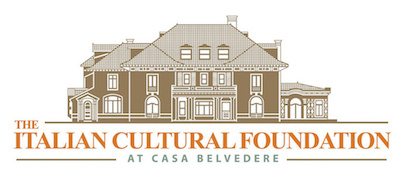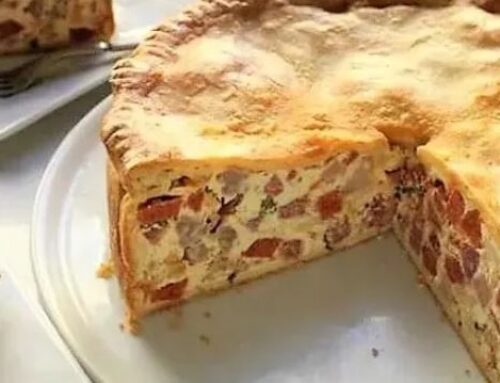It’s not uncommon to see braids of garlic displayed in Italian restaurants and groceries in the United States, and sometimes in southern Italy. The pungent bulb is often used in Italian-American cooking, but ironically, it’s not as common in Italy, where some Italian purists despise it.
Chefs and home cooks often have a love/hate relationship with garlic. When used in moderation, it adds a subtle flavor to many dishes. But garlic can easily take over a dish and become the predominant flavor note, if not used carefully.
Raw garlic is intense and should be used sparingly, especially because its odiferous scent lingers on the breath, and it can cause heartburn. Raw garlic is often incorporated into cured meats, bruschetta, and sauces like pesto, where fresh basil and Parmesan cheese help tame garlic’s pungency. Sliced or crushed garlic gently sauteed in olive oil becomes golden brown and flavorful, adding depth to many dishes. And garlic cloves simmered whole in sauces and stews become tame and often sweet.
Some noted Italian chefs have shunned garlic, labeling it as a relic staple of impoverished Italy that was used to flavor – or mask the flavor – of whatever people could afford to eat, such as polenta or low-quality meats. Marcella Hazan, author of the classic “Essentials of Classical Italian Cooking” and other acclaimed cookbooks, wrote that “the unbalanced use of garlic is the single greatest cause of failure in would-be Italian cooking.”
Garlic is not a staple ingredient in northern Italian cuisine; it is more commonly used in southern Italy. Universally, if vegetables are fresh and full of flavor, many chefs prefer a simple splash of extra virgin olive oil and good quality salt – with no garlic accents.
Garlic lovers dismiss the snubs against the sharply flavored bulb, some calling it “culinary snobbery.”
Still, it’s unlikely that garlic will lose its popularity anytime soon. Garlic is considered a health food that can lowers cholesterol, improve blood pressure, reduce the chance of blood clots, and help fight illness. Some cultures consider garlic as a medicinal supplement. A report from the Barilla Center for Food and Nutrition notes that Italy has very low rates of coronary heart disease because their diet is based on olive oil, bread, pasta, garlic, red onions, herbs, vegetables and little meat.
For a classic pasta dish that subtly celebrates the flavor of garlic, the Italian Cultural Foundation at Casa Belvedere recommends Lidia Bastianich’s recipe for Aglio e Olio.
The Italian Cultural Foundation at Casa Belvedere is a not-for-profit organization that celebrates everything Italian by sharing stories such as this, and offering exceptional public programs: Language and cooking classes; art and photo exhibits; film festivals; opera luncheons and casino nights; Italian car shows and fashion shows; live concerts and theatrical performances; guest chef experiences and wine tastings; bocce and bingo (tombola); and much more. Casa Belvedere (house with a beautiful view) has established itself as a vibrant and buzzing cultural center in New York City. For more information, visit casa-belvedere.org.
By Joyce Venezia Suss






